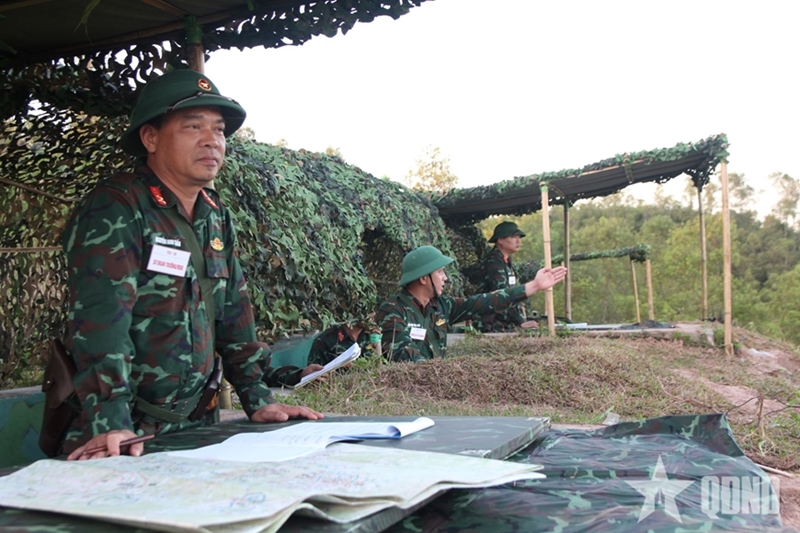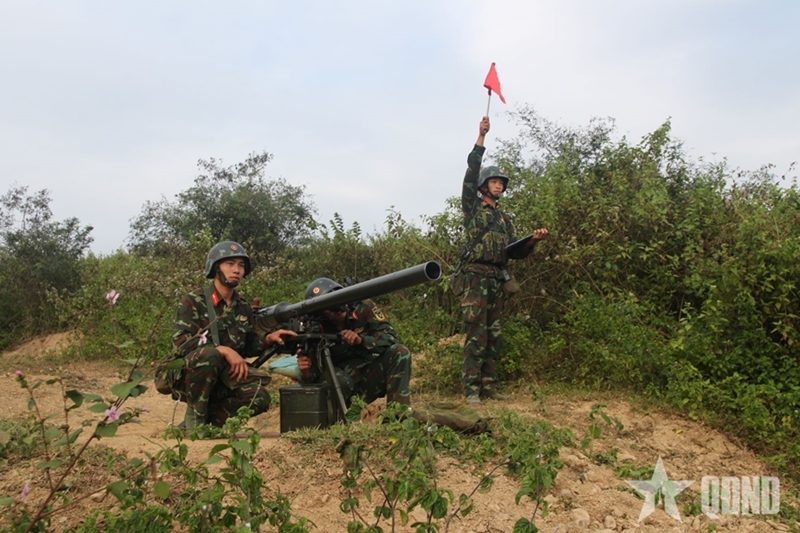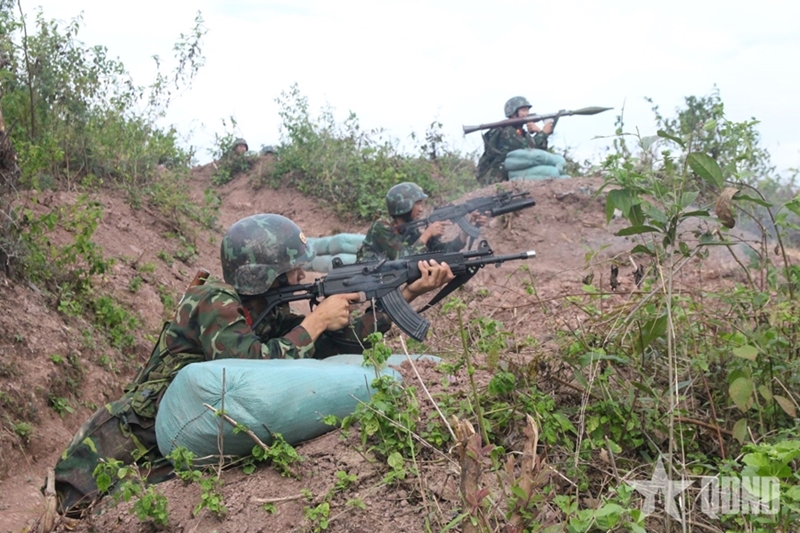This week-long exercise, starting November 10, featured coordination between Division 3’s forces and various combat arms of Military Region 1, such as tanks, artillery, and anti-aircraft artillery. Participants practiced shifting to higher-level combat readiness status, maneuver and field encampment; combat preparation; combat execution; and simulated-ammunition firing.
The exercise helped assess the ability to apply theoretical principles and operational staff work in preparing and conducting combat at command level; command and staff capability in urgent and high-tempo conditions; improve capabilities in implementing Party and political work, troop education and motivation, and providing logistics-technical support during continuous, prolonged operation.
Participating troops were placed in conditions close to real combat to build endurance, resilience, and toughness.
Notably, in simulated-ammunition phase, infantry, armored, and firepower forces closely coordinated. While commanders made firm decisions, acted quickly, and handled situations flexibly, troops demonstrated their techno-tactical skills, effectively used assigned weapons and equipment to down enemy targets.
The Exercise Steering Committee of Military Region 1 assessed that the exercise met all objectives and requirements, ensuring absolute safety for personnel and equipment.
Lessons drawn would be a foundation for future adjustment to improve combat training quality and conduct more realistic exercises that meet mission requirements in the new situation.
Below are photos of the exercise.
    |
 |
|
Division 3’s Chain-of-Command scout the battlefield and refine the combat plan. |
    |
 |
|
Suppressing the enemy during the offensive |
    |
 |
|
Tank crossing the river to continue the attack |
    |
 |
|
Infantry squad hold positions and advance. |
    |
 |
|
Gifts presented to units participating in simulated-ammunition firing |
Translated by Chung Anh